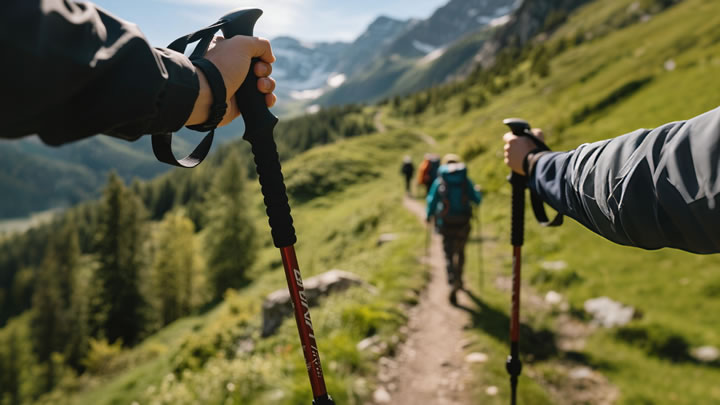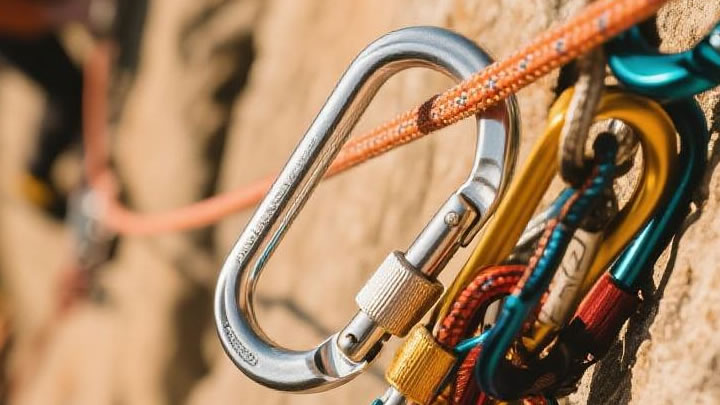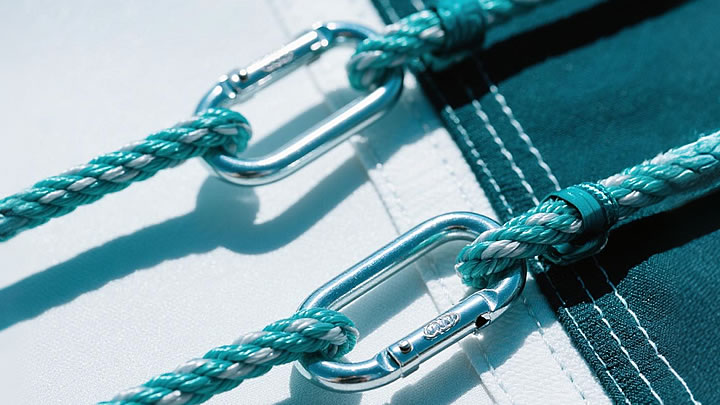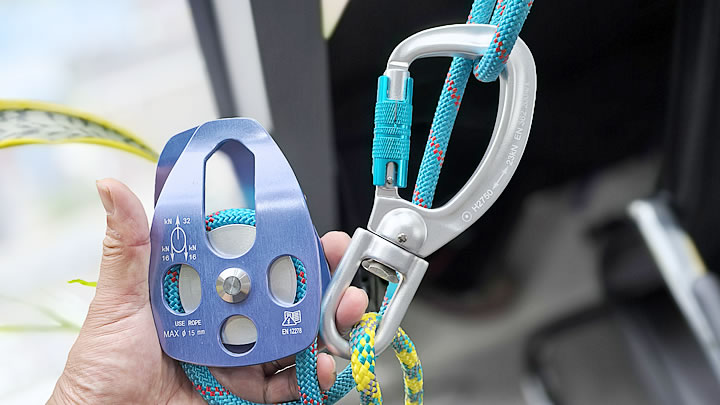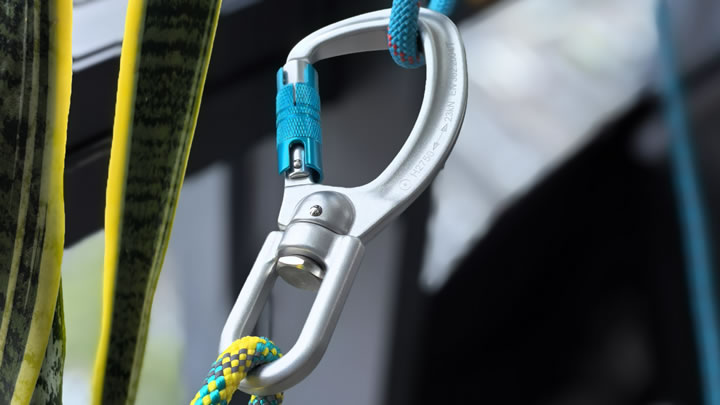How to Stay Warm in a Hammock During Cold Nights
There's a special kind of magic in winter hammock camping - the crisp air, the quiet woods, and the cozy nest you've created. But when temperatures drop, standard summer setups become dangerously inadequate. This comprehensive guide will teach you how to stay warm and safe in your hammock even when the mercury plunges below freezing.

The Science of Hammock Cold (And How to Beat It)
Most beginners make the critical mistake of focusing only on top insulation. In reality, compressed insulation underneath you is worthless - this is why sleeping bags alone fail in hammocks. You're battling three types of heat loss:
- Conduction: Heat stolen by cold air beneath you (solved with underquilts)
- Convection: Wind stealing warmth (solved with windbreaks)
- Radiation: Heat escaping to the night sky (solved with reflective layers)
Essential Winter Hammock Gear
- Underquilt SystemPrimary: Down or synthetic underquilt rated for at least 10°F colder than expectedSecondary: Closed-cell foam pad (like Therm-a-Rest Z-Lite) as backupPro Tip: Hang the underquilt snug but not tight - it should barely touch your back
- Top InsulationOption A: Mummy bag (leave unzipped as a quilt)Option B: Dedicated top quilt (more comfortable)Extreme Cold: Combine both in a "pod" system
- Weather ProtectionWinter tarp with doors (like Warbonnet SuperFly)Pitch low and close one end completelyAdd a reflective emergency blanket as a vapor barrier
Advanced Heating Strategies
- Hot Water Bottle: Place a Nalgene filled with hot water in a sock near your core
- Chemical Warmers: Stick to torso and thigh areas (not extremities)
- Calorie Loading: Eat a high-fat snack before bed (nuts, chocolate, cheese)
- Breathing Technique: Exhale outside your insulation to prevent moisture buildup
The Layering System That Works
- Base Layer: Merino wool or synthetic (never cotton)
- Mid Layer: Fleece or down pants/jacket
- Socks: Wool with vapor barrier liner (bread bag trick)
- Head: Balaclava plus down hood
- Hands: Mittens > gloves (shared warmth)
Common Mistakes That Make You Colder
❌ Wearing too many layers (compresses insulation)
❌ Going to bed cold (do jumping jacks first)
❌ Breathing into your bag (creates frost)
❌ Using a too-tight underquilt (creates cold spots)
❌ Ignoring wind direction when setting up
Temperature-Specific Setups
- 30-40°F (0-4°C): 20°F underquilt + 30°F top quilt
- 10-30°F (-12 to -1°C): 0°F underquilt + 10°F top quilt + pad
- Below 10°F (-12°C): Overstuff quilt system + vapor barrier + hot water bottle
Morning Routine for Maximum Warmth
- Keep next day's clothes in your sleeping bag
- Boil water for warm drinks before exiting
- Pack insulation last to keep it dry
- Do quick exercises to generate heat
Pro Tips From Arctic Campers
- Use a pee bottle (getting up loses massive heat)
- Hang a candle lantern (modest warmth + light)
- Apply antiperspirant to feet to reduce sweating
- Bring a small foam pad for sitting/cooking
When to Bail
Recognize dangerous signs:
- Uncontrollable shivering
- Confusion or drowsiness
- Frost forming on your bag interior
- Numbness that doesn't resolve
With these techniques, I've comfortably slept in my hammock at -15°F (-26°C) during Minnesota winters. Remember: winter hammocking isn't about suffering through cold - it's about creating a mobile cocoon of warmth that lets you enjoy the beauty of the frozen wilderness. Stay warm out there!

